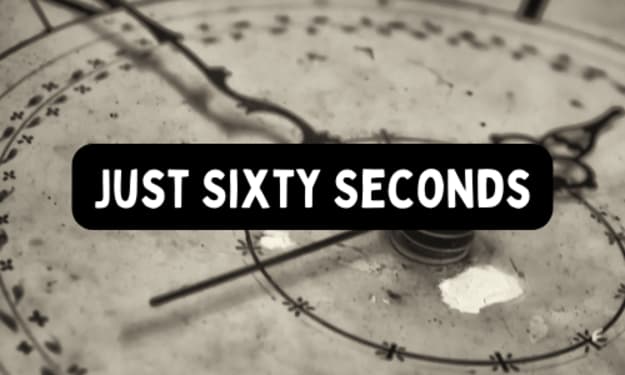The Art and Importance of Positivity Resonance
Researchers say this is key to longer and happier relationships.

When I was younger, I believed the same obvious lie that so many of us swallowed after watching too many Disney movies: True Love is effortless. If it’s meant to be, it will be. If you’ve found your soulmate, you’re guaranteed a happily ever after.
As I grew older, I realized that love is not a state of being, it’s an active decision. You can’t simply fall in love and stay that way forever. It’s the small acts over time that build up into your loving relationship — or a broken one. While it’s easy to ride out the good times, how you choose to handle the bad times tell you much more about your relationship.
This year, for me, the bad times have been more frequent than the good. I’ve been living several thousand miles away from my partner, and digital communication has left us prone to petty disagreements and obvious misunderstandings. Things that seemed easy were suddenly tough, and conversations that were tough turned nearly impossible. Without even realizing it, I started sliding into bad habits, and my relationship suffered. When I did notice what I’d been doing, I decided to turn to science in an attempt to fix it.
A recent study in 2020 shows that when determining if a relationship is going well or poorly, it’s important to measure not just individual feelings or actions but also interpersonal relationships. There are actual, definable habits that can tell you if your relationship is solid or not. And if they aren’t there. you can build them up.
Positivity resonance will tell you if your relationship is in a good place.
Otero et al define positivity resonance in their 2020 paper as “a synthesis of shared positive affect, mutual care and concern, plus behavioral and biological synchrony.” In simple terms, this means they measured not just how people felt about their long-term partner individually, but the tone of the interactions between the two.
It’s a fairly well-known psychology fact that mirroring body language is a good way to tell if someone likes you. But this synchronicity is also great at telling you if your relationship is going well or not.
In their paper, Otero et al outline 4 traits that demonstrate positivity resonance, and asked long-term married couples to discuss an argument. They were able to successfully predict marital satisfaction by how much the couples showed positivity resonance as they discussed their argument. These were the four traits:
- Showing humor at the same time.
- Tilting heads at the same time.
- Using terms of endearment.
- Talking in affectionate tones of voice.
By measuring how the couples showed these four traits, the researchers could tell which relationships were in the best place, and which ones were struggling. Not only that, but they posited that these habits could not only show the current state of the relationship but also give a potential path to regain relationship satisfaction.
How to measure and build positivity resonance with your own partner.
Researchers watched these couples to look for a sense of connectedness. While “connectedness” sounds nebulous, they were able to scientifically measure it by checking for the four behaviors listed above, both in frequency and intensity.
To do this with your partner, you don’t need to do a video recording, but just keep an informal tab on how often you show humor at the same time as they do, or how often you use a term of endearment. You can use the same four traits evaluated by the researchers for your own relationship.
As the researchers noted, this isn’t just a way to measure current relationship satisfaction — it’s a way to build it for the future, too. Just like laughing when you’re in a bad mood can pull you into a good one, intentionally using positivity resonance can strengthen your relationship if it’s feeling rocky.
In the words of Otero et al, “repeated episodes of positivity resonance may promote feelings of oneness, other-orientation, perspective taking, and interpersonal togetherness.”
That sounds cold and analytical, but what it’s saying is actually pretty romantic, and it underlines a truth we all secretly know. Love isn’t a one-off thing — it’s a perpetual choice you make time and time again. All this research does is prove that it’s possible to create a positive spiral of strengthening your relationship. The more you mindfully introduce these synchronous behaviors in your relationship, the stronger it will be, and the more you’ll find yourself doing it automatically.
I actively tried to introduce these behaviors on my part — choosing video calls over phone calls, trying to mirror my partner’s body language, making sure the love I feel for him is reflected in my tone of voice. Over the phone, it’s harder and it takes more effort than in person. But this paper reminded me that every choice we make is significant, especially when they’re hard.
While a small part of me wishes there was a magical, effort-free happily-ever-after, the larger part of me is glad it comes down to this. Just by making small, meaningful choices, you can build a better future with your partner. That’s all it takes.
About the Creator
Zulie Rane
Cat mom, lover of pop psychology, freelance content creator. Find me on zuliewrites.com.






Comments
There are no comments for this story
Be the first to respond and start the conversation.